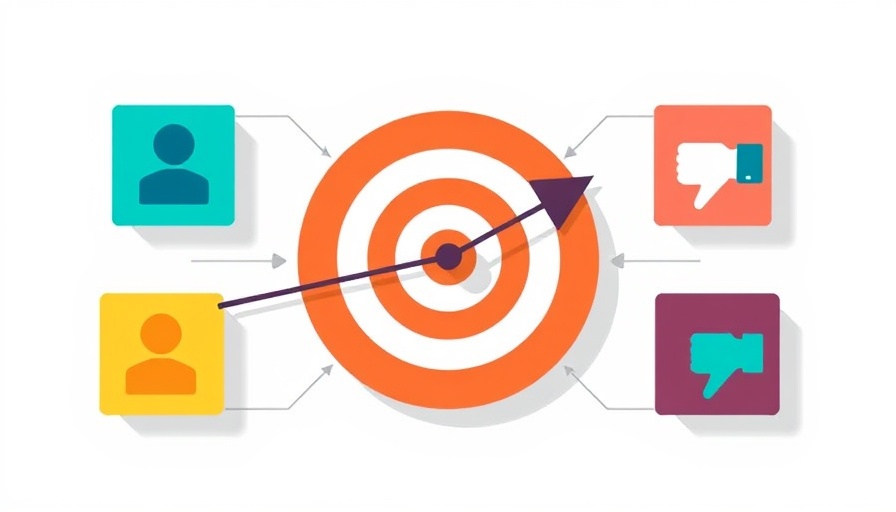
Targeting Smarter in a Shifting Digital Space
In an era where digital marketing budgets are meticulously scrutinized, learning how to effectively weed out less qualified audiences from your PPC campaigns is vital. The digital landscape continues to evolve, and as marketers, we must adapt more than ever. It is essential, particularly in today's uncertain economic climate, to focus efforts on audiences who are truly likely to engage with your products. Understanding this notion can greatly influence your marketing strategy and bottom line.
Why Audience Exclusion Matters
When we think about audience targeting in PPC campaigns, the basic principle is straightforward: not everyone is a good fit for your advertisements. A high-priced product might not attract the attention of a budget-conscious consumer, and aging demographics may skew responses for products suited to younger audiences. Thus, the challenge is identifying which segments genuinely warrant your marketing dollars.
The concept of exclusion in targeting is not merely beneficial; it's a necessity. The rapid changes in ad technology, such as evolving keyword matching types and adjusted consumer behavior due to economic swings, underscores the need to refine targeting. Effective ads must be aimed at those who have demonstrated genuine interest, either through demographic qualities or behavioral indicators.
Balancing Reach and ROI: A Strategic Approach
Companies often grapple with the decision of narrowing their target audience. On one hand, a tighter focus can improve ROI by eliminating wasted ad spend; on the other, it risks limiting overall revenue potential. Striking a balance between volume and value is key. When it comes to launching high-stakes campaigns, the smart choice may be to initially target a broader audience to establish engagement and refine profiling, then narrow towards peak efficiency as insights are gained.
This method aligns well with emerging technologies in PPC, especially when we consider how machine learning and AI can analyze vast amounts of user data, uncovering patterns that point to conversion likelihood. By applying such insights, advertisers can optimize their campaigns with precision.
The Future of PPC in a Tech-Driven World
As we shift towards 2025 and beyond, disruptive technologies will continue to transform audience targeting in the PPC landscape. The integration of first-party data and machine learning algorithms will help marketers make informed decisions concerning audience targeting. These advancements not only facilitate better targeting but hold promise for the future of digital marketing strategies overall.
Preparing for these technological evolutions is crucial for marketers. The adoption of automated tools that can streamline audience exclusion and optimize campaign performance might soon transition from being optional to a standard practice.
Conclusion: Action Steps for Navigating Change
Adapting to the new digital marketing era means rethinking audience engagement strategies. By exploring advanced targeting techniques, utilizing AI, and remaining vigilant on trends, advertisers can enhance their campaign effectiveness. Embrace innovation in your PPC strategy to not only improve ROI but to set up future growth with data-driven insights that identify the right audience.
 Add Row
Add Row  Add
Add 




 Add Row
Add Row  Add
Add 

Write A Comment